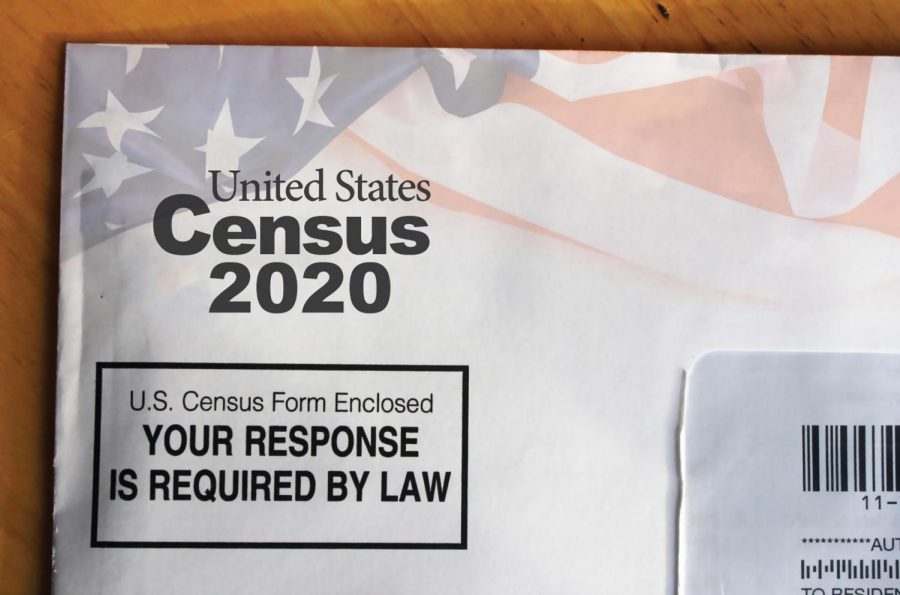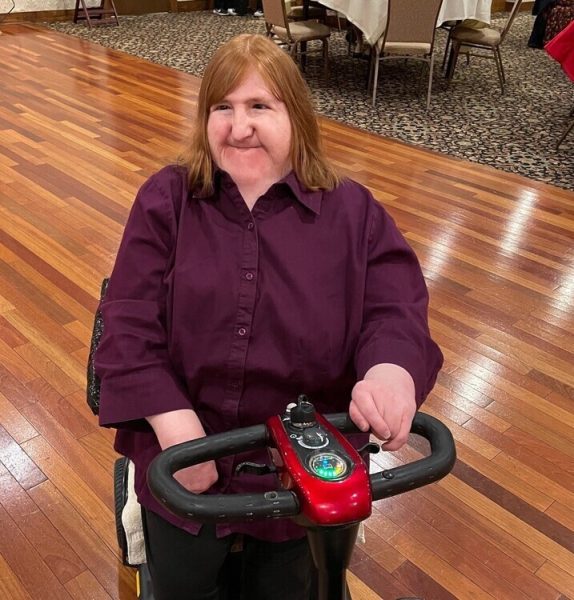Census committee hopes to include difficult-to-count populations
January 23, 2020
DeKALB — With Illinois suffering its sixth consecutive year of population decline in 2019 and the census count approaching, local officials are urging residents to participate in the 2020 Census.
Every 10 years the Census Bureau counts how many residents are living in the United States to determine the number of seats each state will have in the U.S. House of Representatives. The census is also used to determine distribution of federal funds to local communities, according to Article I, Section 2 of the U.S. Constitution.
Mayor Jerry Smith discussed preparation for the 2020 Census and the organization of the Complete Count Committee at the Jan. 13 City Council meeting. The committee’s goal will be to include all hard-to-count populations, including renters, students, low-income households, African Americans, Hispanics, homeless and elderly within the community, Smith said in his proclamation.
While April 1 is Census Day, notices and forms will start arriving in the mail March 12, giving residents information on how to access and submit information, according to the 2020 Census website. For households that don’t respond to the census, follow-ups will begin to arrive in April and will wrap up at the end of July.
How does the census work?
Once each household receives a census form it will have the option to complete the form and mail a paper form back, complete it over the phone, provide responses to an in-person enumerator or complete the form online, according to census.gov.
This is the first time households will have the option to participate in the federal questionnaire by phone, tablet or computer, an effort used to make completion of the census easier for those who speak a different language.
When residents receive a census form, one person in the household should fill it out for everyone. The questions for each person will include name, relationship to the person filling it out, sex, age, date of birth, race and whether each person is of Hispanic origin.
The questionnaire won’t ask for a person’s Social Security Number, bank account information, political party affiliation, religion or citizenship status.
College students living in residence halls will be counted at that residence rather than at their parents’ or guardians’ home, according to the 2020 census website. The Census Bureau will contact an administrator at the university to gather the correct data.
By Dec. 31, as required by law, the Census Bureau will report the population count and the number of seats in the U.S. House of Representatives to each state.
How does it impact Illinois?
Since the state’s population has declined by 168,700 people from 2010 to 2019, Illinois could lose federal funding and one or two U.S. House Representatives, according to the Illinois Policy Institute.
Illinois has seen a decline in congressional seats for years. In 1948, Illinois had 25 congressional districts; today Illinois has 18. The decline could be due to a population increase in southern states, resulting in northern and midwestern states potentially losing a seat or two to keep the total number of representatives at 435, according to an analysis by Election Data Services.
Illinois also has a high percentage of hard-to-count residents, particularly immigrants. The state is the nation’s sixth highest for those who are foreign-born, with 1.8 million immigrants, according to a report by the New American Economy.
The bureau estimates it missed 59,800 Illinois residents in the 2010 census, resulting in the state losing $122 million in federal health funding, according to the George Washington Institute of Public Policy.
To encourage census participation in Illinois, the operating budget for fiscal year 2020 allocated $29 million to the Department of Human Services for census outreach.













